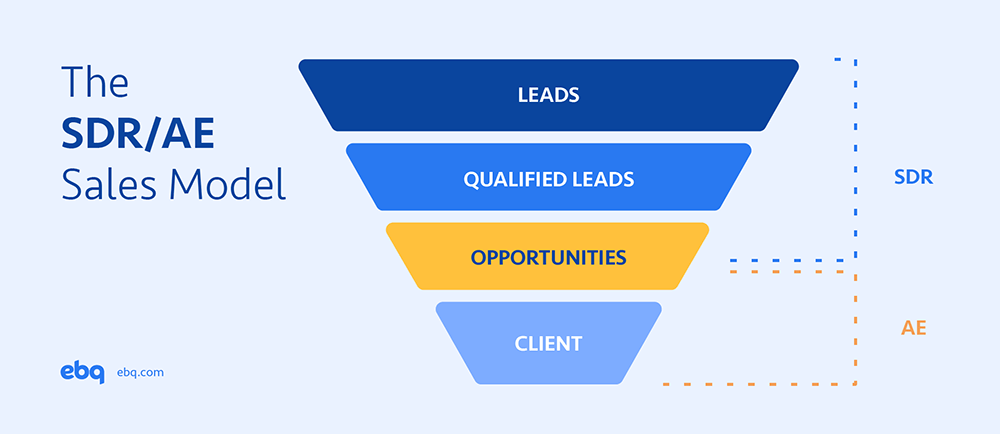SalesHero: UX research × sales-led growth strategy to drive product growth
As Head of Design at SalesHero, led AI-driven product strategy and automation roadmap to drive product growth by integrating customer insights. Collaborated with leadership to improve UX and drive innovation.
| Project: 2 months
| Role: UX Strategy, Journey Mapping, User Interview, Interaction & Visual Design
“SalesHero.io: Learn and apply best practices from top sales reps, whether from your own team or the best around the world—powered by AI.”
Background and challenges
Company was struggling with low conversion
At SalesHero.io, an AI-powered B2B sales platform, we faced a critical growth challenge:
Our cold outreach efforts (email + LinkedIn) had a demo meeting booking rate below 0.1%, stalling user acquisition in an early-stage.
Achievement
A quick glimpse at the achievement first
Before I shared the details, as part of the research strategy, I collaborated with C-level management to identify a stronger market need. This led to a new positioning that achieved a 2% (20x than original) meeting booking rate through LinkedIn outreach.
…
What follows is a breakdown of how I led the team to make it happen together.
👇🏻
👇🏻
👇🏻
About the existing users
AE(Account executives) were our existing key users
Discover needs: Run discovery calls to understand the lead’s pain points, goals, and decision-makers.
Present solutions: Deliver tailored product demos and address objections to build confidence.
Close deals: Negotiate pricing, handle contracts, and secure the final sale before handing off to customer success.
We suspected we were solving the wrong problem
Mid-funnel focus: Our existing product addressed mid-funnel needs e.g, helping Account executives generate AI-powered meeting notes, suggest next steps, and act as a sales coach.
Low engagement: We struggled to get clients interested in booking a demo; most outreach efforts didn’t even receive a reply.
Need for validation: This revealed the potential need to validate our product–market fit.
Risk
Hypothesis: The market may already be saturated with similar tools, and user needs are largely fulfilled
Goals
To compare new product market fit vs current positioning
I ran the strategy: trying to quantify clients needs and pain points, through outreach efforts on LinkedIn.
Quantified user problems
Quantify user pain points by using outreach messages
The CEO, CTO, and I consolidate 8 pain points from previous user research.
The 8 pain points are not just from existing user profile (account executives) but also new user profile: SDR
Based on these 8 pain points, we tried to quantify them through outreach messages on LinkedIn
Result and final direction
“LinkedIn cold outreach pain points” had the highest reply and booking rates from all testing campaigns
Indicating it represents the strongest unmet market needs that existing products have yet to solve.
~30% message reply rate
vs 3% - 12% from other testing campaigns
~2% demo meeting booking rate
vs 0.08 - 0.2% from other testing campaigns
👇🏻 After identifying the primary problem to address, we break it down into more detailed challenges and brainstorm our MVP product.
Market studies
We studied a few key competitors in the market and defined a unique value proposition:
To automate LinkedIn outreach while generating hyper-personalized messages tailored to each prospect.
We believe it’s one of the differentiation for our product and also solve 1 of the key problems from research insights
“I received 20-30 messages on LinkedIn every day, and honestly, I ignore most of them. It's pretty clear when they're just spam or mass-blasted messages, and I don't have time for that." - Nicholas (Startup Founders)
Design
Impacts
The product shifted to a new value proposition, leading to more meetings booked and continuous client base growth







